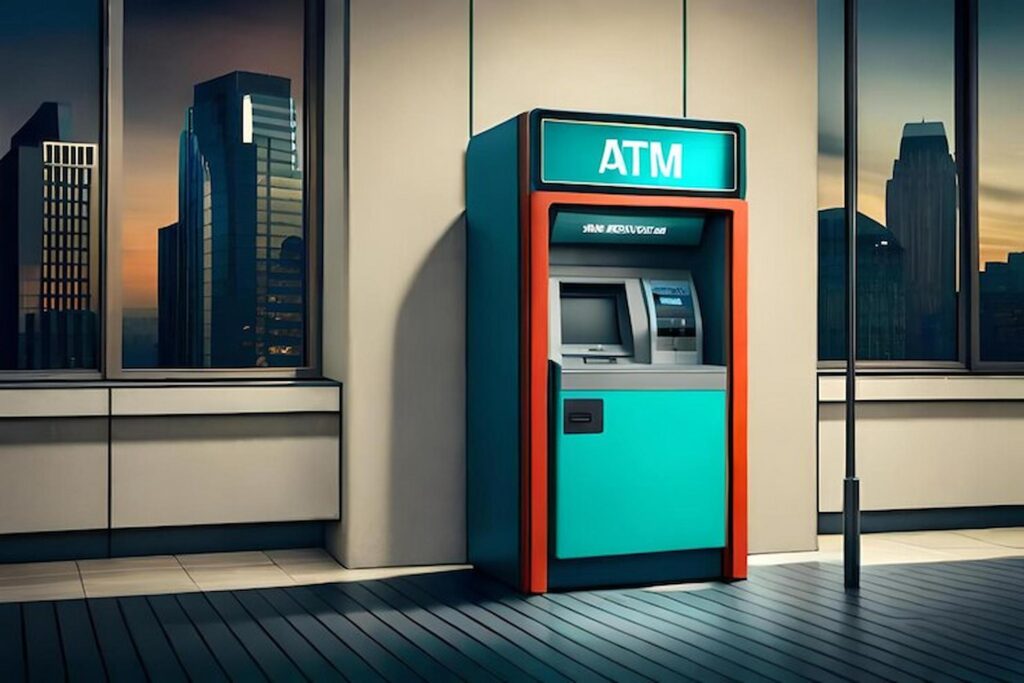Automated Teller Machines (ATMs) are a cornerstone of modern banking, offering unparalleled convenience to customers worldwide. However, like any technology, ATMs aren’t immune to glitches and malfunctions. From card reading errors to cash dispensing hiccups, these machines can face various issues that disrupt their smooth functioning. To keep ATMs operational and prevent inconveniences for users, understanding common problems and having effective maintenance strategies in place is crucial.
Card Reading Errors
One of the most prevalent issues users encounter is card reading errors. Such errors can frustrate customers and disrupt transactions, Whether due to a worn-out magnetic stripe or a dirty card reader. Regular cleaning and maintenance of the card reader with specialized cleaning cards or solutions can help prevent this problem. Additionally, upgrading to EMV chip technology reduces reliance on magnetic stripes, decreasing the occurrence of reading errors.
Cash Dispensing Problems
Another frequent headache for both users and ATM operators is cash dispensing problems. These issues might range from the machine dispensing incorrect amounts to not dispensing cash. Properly loading and arranging cash in the ATM cassette, regular calibration of the cash dispensing mechanism, and conducting routine checks for jammed or damaged bills can mitigate these problems. Investing in quality currency and maintaining accurate inventory levels also plays a vital role in preventing cash dispensing errors.
Connectivity Issues
Connectivity problems, such as network outages or communication failures, can render an ATM temporarily unusable. These issues can stem from various factors, including poor network signals, hardware faults, or even external factors like severe weather conditions. Ensuring a stable and reliable internet connection, implementing redundant communication methods, and scheduling regular network checks can minimise the impact of connectivity issues. Promptly addressing any network or hardware malfunctions can prevent prolonged downtime.
Software and Updates
Outdated software can lead to various problems, from security vulnerabilities to operational inefficiencies. Regularly updating the ATM’s software ensures optimal performance and security. Additionally, staying informed about the latest security patches and implementing them promptly helps safeguard the machine against malware or cyber-attacks. Establishing a structured update schedule and performing thorough testing post-update can mitigate risks associated with software upgrades.
Conclusion
Maintaining ATMs involves proactive measures to prevent common issues that can disrupt their operation. From ensuring clean card readers to managing cash inventory effectively, addressing connectivity problems, and staying updated with the latest software, a comprehensive maintenance strategy is vital. By incorporating these strategies into routine maintenance schedules, ATM operators can minimize downtime, enhance user experience, and ensure the smooth functioning of these critical banking assets.
Maintaining ATMs is a continuous process that demands attention to detail and a proactive approach. By staying vigilant and addressing potential problems before they escalate, businesses can ensure that their ATMs remain reliable, secure, and accessible to users.
Remember, ATM maintenance isn’t just about fixing issues as they arise; it’s about preventing them in the first place, keeping these essential machines operational and reliable for the public’s convenience.
By employing proactive strategies and staying attentive to potential problems, ATM maintenance ensures a seamless banking experience for everyone.

